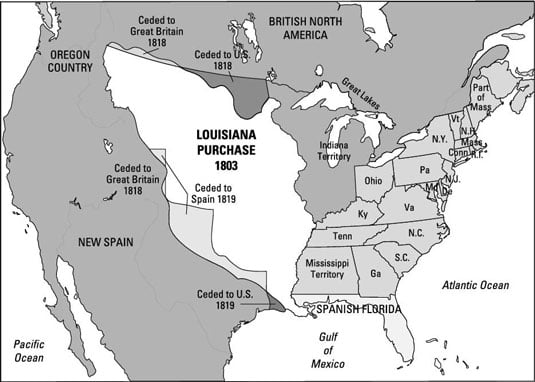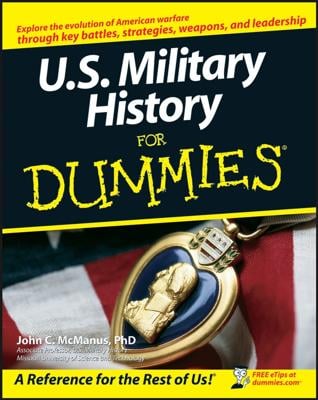Napoleon Bonaparte, emperor of France, scourge of Europe, and namesake of a good dessert pastry, was in kind of a jam. In 1800, Spain had reluctantly transferred its control of the vast territory of Louisiana, including the key city of New Orleans and the Mississippi River, to France. Napoleon took it with plans to create a vast new French empire on the North American continent.
The following year, Spanish and French officials clamped down on the rights of Americans to use the Mississippi to float their goods and produce to New Orleans for overseas shipment. U.S. farmers and traders howled, and Jefferson considered siding with the British against France. “The day France takes possession of New Orleans,” he wrote, “we must marry ourselves to the British fleet and nation.”
Instead, he decided to try to buy a way out first. So he sent his friend James Monroe to France in 1803 and instructed Monroe and Robert Livingston, the U.S. ambassador to France, to offer up to $10 million for New Orleans and Florida, or $7.5 million for New Orleans alone.
But by 1803, Napoleon’s plans for an American empire had hit a snag on what is now the island of Haiti. Napoleon had sent 35,000 crack French troops to the island to crush a rebellion led by a brilliant former slave named Toussaint L’Ouverture, and it proved to be a very bad idea.
More than 24,000 of the French soldiers were wiped out by the Haitians or yellow fever, and the disaster soured the French dictator on the whole subject.
So when the Americans made their pitch, the French flabbergasted them with a counteroffer: Why not buy all of Louisiana? After some dickering, they struck a deal.
For 60 million francs (about $15 million), the Louisiana Purchase gave the United States an area that stretched from New Orleans to Canada and from the Mississippi River to what is now Colorado and Idaho. That’s 828,000 square miles for about three cents an acre, surely one of the best real-estate bargains in history.

But there was a problem. Under the Constitution, Jefferson had no legal power to make such a deal without congressional approval first. And he knew it, confessing privately that he had “stretched the Constitution till it cracked.” Undaunted, he pushed a treaty ratifying the sale through the Senate, and America doubled in size almost overnight. Now it was time to go see what the new half looked like.

